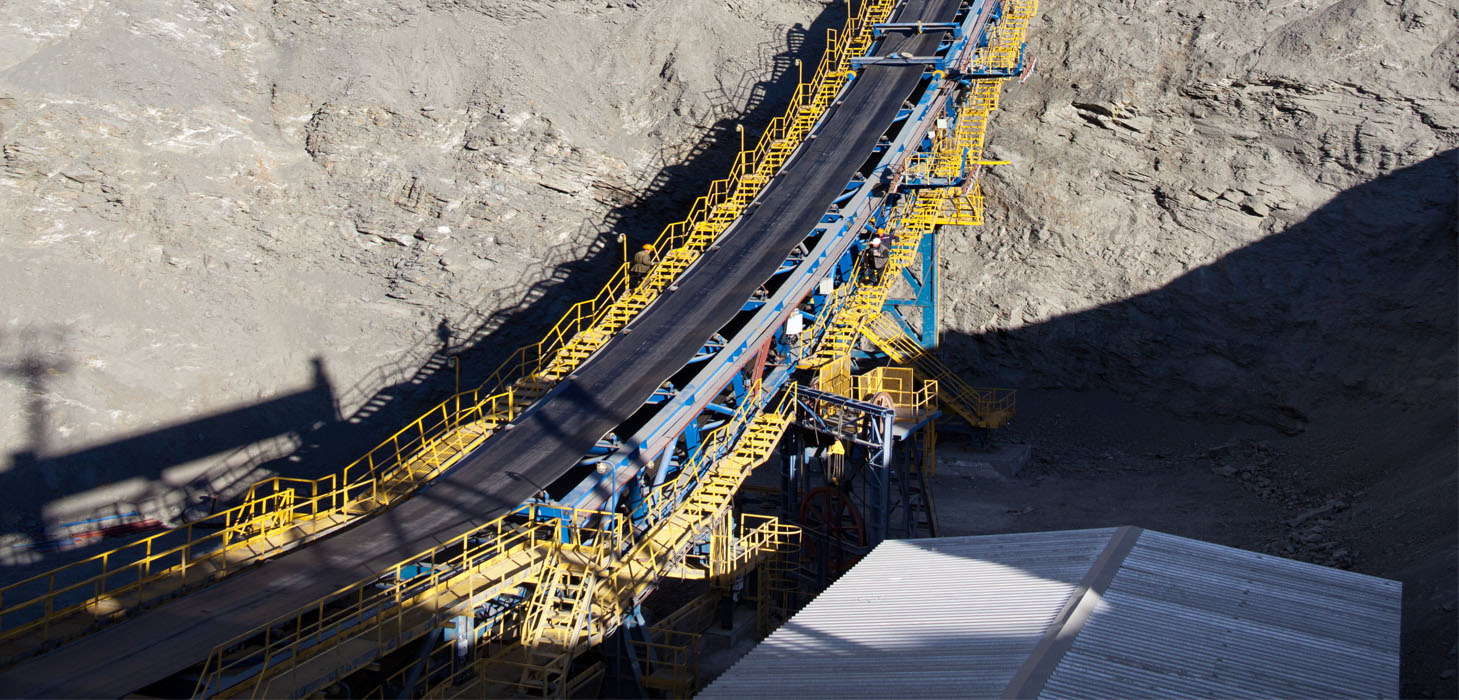Storage and uploading Manuals
STORAGE
If the belts are to be stored for a long period or in extreme climate:-
- Protection from direct sunlight or extreme temperature is recommended.
- Belts should be kept suspended on a belt stand rather than being rested on the floor.
- Belts should be ideally stored indoors in a temperature range of to +/- 25˚C.
- If covered storage is not available, the original packing must be retained. Additionally, the belt should covered with black polyethylene for UV and ozone protection.
- While storing the belt, it must be rolled at an interval of six weeks to distribute the permanent deformation of the belt.
- The belt rolls should be adequately secured by fixing wedges/ chucks or a similar method to prevent the rolls from moving as this could cause injury.
Unloading of Conveyor
When unloading belts, it is important to consider the following factors :
- Ease of unloading.
- Safety in unloading.
- Prevention of damage to the belt should be dependent on the weight, size and type of packing of the roll, belts are often unloaded using cranes (outdoor / indoor) and in the case of lighter belts with forklifts.
- The best way of unloading the belt from the transport vehicle is to insert a solid steel bar in the center core and then lift with a strong cable. (Load rating and condition of cable to be checked prior to use! )
- Care to be taken so that hoist cables do not damage the outer wrapping or the belt edges.
Depending on the weight, size and type of packing of the roll, belts are often unloaded using cranes (outdoor / indoor (E.O.T.)) and in the case of lighter belts, with fork lifts.
In the case of belts being unloaded using cranes :
Always use a spreader bar. Never apply sling around the circumference of the belt. Belt should always be moved by lifting rather than rolling.
Care & Maintenance
It is of utmost importance that regular belt inspection is conducted to locate damage on the covers or belt carcass. This is necessary to protect and prolong the value of the belt, which is a high capital cost item. We therefore advice that an inspection procedure be devised by every user, broadly covering the following :
- Regular Inspection of Idlers, pullies, lagging and rollers.
- Checking for spillage and material build up under the belt structure.
- Check and rectify any belt tracking problems.
- Regular replacement of skirt rubber, belt cleaner blades, e.t.c.
- Monitoring of belt take up tension.
BELT ALIGNMENT
- Off centre loading area - adjust the chute and loading condition for centre loading.
- Misaligned belt edges - Trim off the edges approaching tail pulley.
- Belt not joined square-Re-splice the belt.
- Build Up of Material on idlers and pulleys - Clean and maintain and check for spillage and carry back of material.
- Uneven Wear of Pulley lagging - relag the drum with new good quality rubber lagging or ceramic lagging.
- Misalignment of head/tail pulley - recheck pulley alignment to ensure that they are level and with their axis at 90° to the intended path of the belt. Head and tail pulleys should not be shifted in an effort to center the belt with the exception of the snub pulleys. Worn pulleys must be replaced.
- Worn lagging – uneven wear of lagging causes mistracking and therefore should be replaced in a planned maintenance program.



